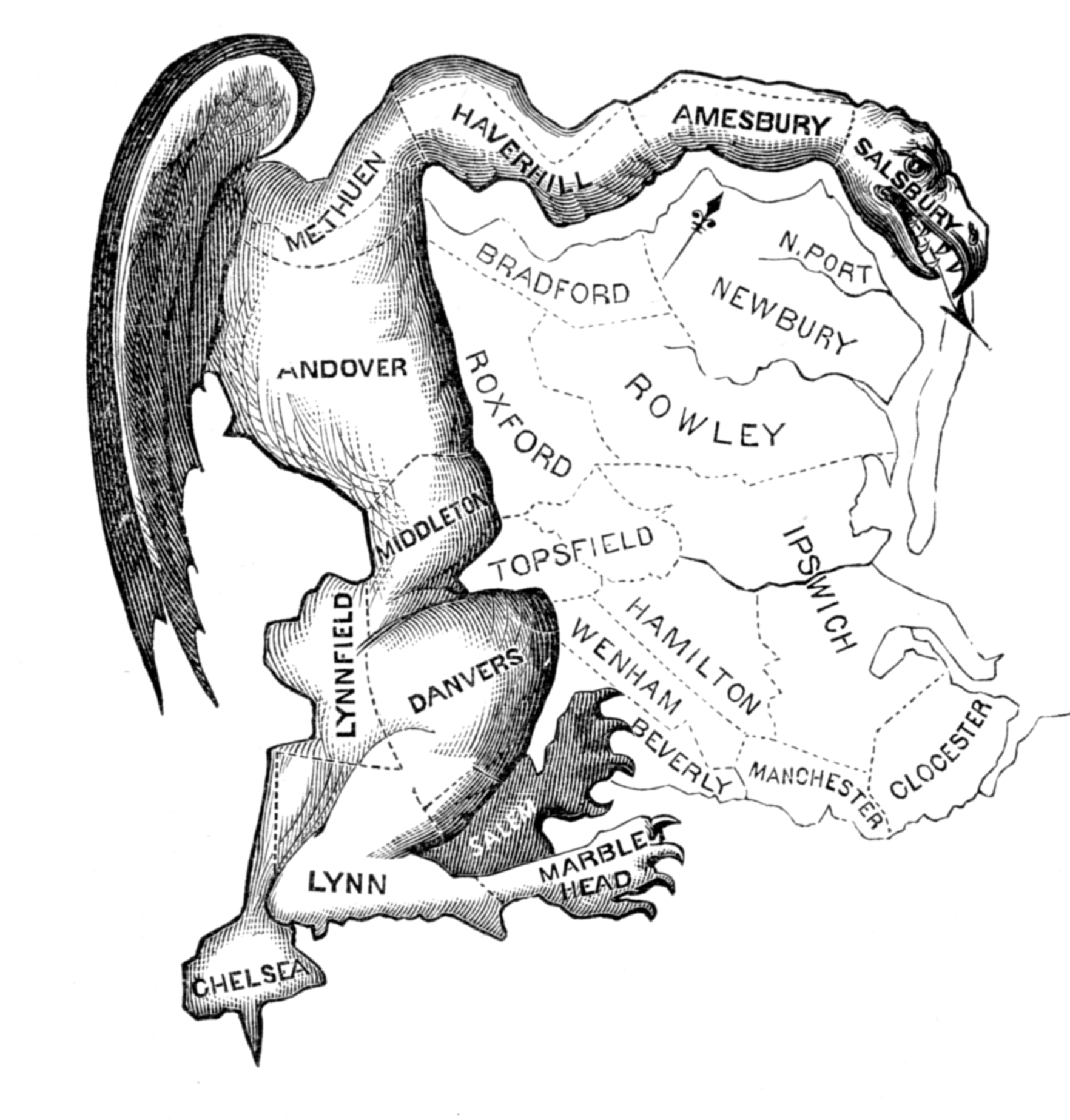As I have shown with my last two posts about Home Rule, there is much to be learned from a review of the City of Dallas Home Rule Charter. In fact, every time I read the City Charter I find another useful element of governance reform that would benefit Dallas ISD.
A bit of background: If you don’t already know, the Dallas is a Home Rule City. This means that the city is governed by its own constitution, (i.e., the city charter) rather than being solely governed by the rules spelled out in the Texas Local Government Code. This is the same concept as home rule for the school system, although no school systems have yet gone home rule. But there are a lot of home rule cities in Texas — hundreds of them. The fact Dallas has a city charter isn’t all that unique. But our city charter does have some pretty unique components.
Consider, for example, the City of Dallas Redistricting Commission. The city charter requires that the Dallas City Council appoint an independent redistricting commission to handle political redistricting.
So we’re clear: Redistricting is the process of drawing new political boundaries for each electoral area in the city. Many cities don’t go through the process, because their city councils are elected at-large from anywhere in those cities. In Dallas, though, we have single-member districts, meaning people are elected from different parts of town. We sometimes redraw borders between those single member districts. Typically, we redraw those borders after every census, because political districts should contain roughly the same number of people, and if 10,000 people moved into, say, Pleasant Grove and out of, say the Medical District, those electoral district boundaries would need to be tweaked to rebalance population numbers. (And we’d have to add about three new unnecessary high-speed tollways, according to our mayor … but I digress.)
The redistricting process is very racial, because the history of the country (and the city) was to design districts that minimized the ability of blacks to elect black representatives. That’s why the federal Voting Rights Act requires this redistricting process produce districts where blacks and Hispanics have a good shot at substantial representation. The redistricting process is also highly political, because elected officials like to protect their turf. I know I’m not telling you anything new, and that this has been true for a long time. The term we now use for the result – gerrymandering – actually comes from politicking in Massachusetts in 1812 that produced an electoral map that looked like a dragon (which you see as the main image on this post).
Every political entity that has geographic districts suffers from this problem, and our school district is no exception. Electoral maps in Dallas ISD are pretty terrible. District 5 looks like a spaghetti noodle from Wilmer to West Dallas. District 8 looks like an anime creature (non-NSFW kind).
But Dallas ISD’s map mania is worse than the City of Dallas. Because in Dallas ISD, the trustees themselves do all the redistricting work. They do it behind closed doors, in private consultation with their attorneys. They design districts that they want to run in. And they try to settle old scores.
City Hall does it a differently. The city council members appoint an independent body to work through the details and make recommendations, conducting public meetings to maximize public input. Of course, when the independent redistricting commission finishes its work, the city council can still throw out that work and make any changes they like to the proposal. Which is what it did this last go-round.
The recent Charter Review Commission appointed for the City of Dallas – very similar in scope and purpose to the Home Rule Commission now looking at Dallas ISD – recommended a set of improvements to this redistricting process for city hall. There were many changes recommended, but the two big ones were these: a) beyond the nominees of each city council member, the council as a whole would name four at-large members to the commission with an eye toward ensuring the redistricting commission’s diversity matches the city’s; b) the city council could only modify the commission’s recommendations with a three-fourths vote of the council. Those two changes help increase the commission’s ability to view the city as a whole and help reduce the ability of the politicians to throw out their work so as to create districts more politically palatable to themselves.
Of course, the City Charter Review Commission’s recommended changes went to the city council, and our city officials killed that recommendation before the voters ever got a chance to opine on the subject.
That was unfortunate, because they were good recommendations for the city. As well, they would be good recommendations for the Home Rule Commission for Dallas ISD to consider as well.
Which is why I think it would be very wise for the Home Rule Commission to consider writing language in the home rule charter for DISD that establishes a redistricting commission for the school district. Heck, they can copy and paste the language from the city’s commission into the the Dallas ISD recommendation. At least someone will benefit from their sensible work.






